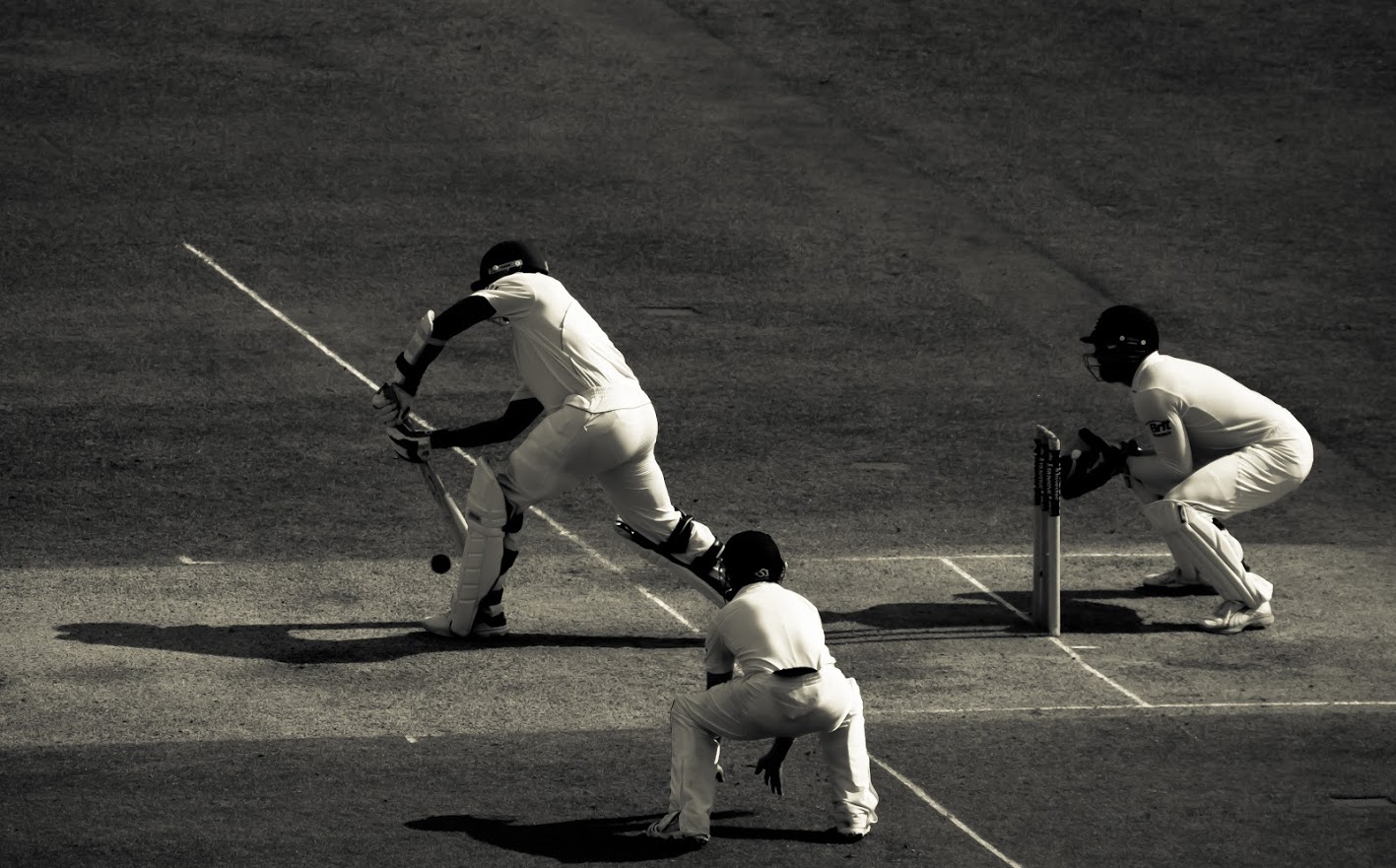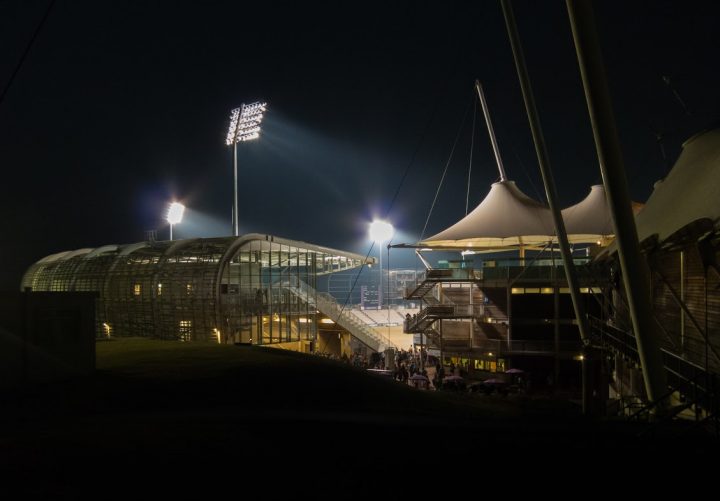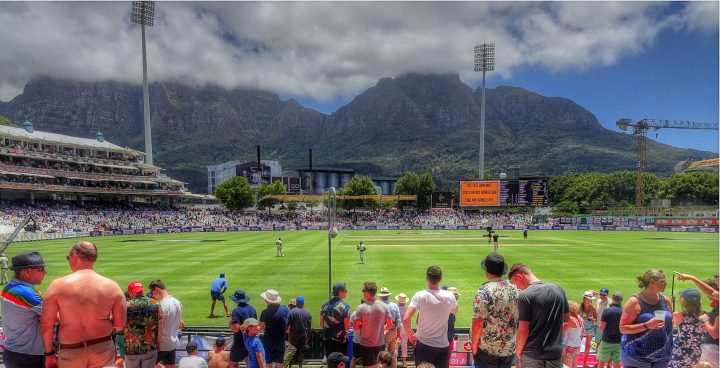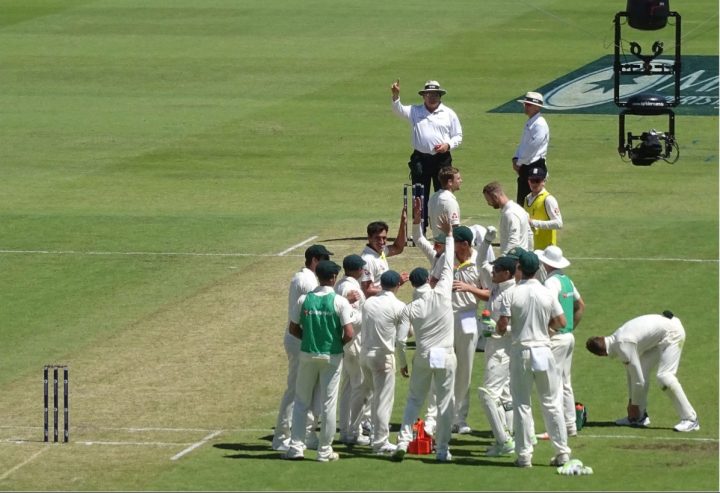No one is born a maverick. It is something placed on an individual over time. It is not self-determined but instead hung around someone’s neck without their approval. Everyone looks at the maverick and wants to be them, but that is without knowing the burden they often carry.
See, the maverick gives up their life to live as one, and everyone wants a piece. There is something within the maverick that draws us in – the joy, the mastery, the triumph or the way they deal with struggle – and we see a part of ourselves within them, or at least what we want to be. We love the way they make us feel. We love what they make us feel. And so we feel intimately close to them, and as such feel we have the right to call them by first name; Shane, Seve or Diego.
To lump mavericks together goes against the very essence of the uniqueness that gives the title such meaning. But Shane Warne was to cricket, what Seve Ballesteros was to golf or Diego Maradona to football. All individuals who transcended the sport that they played to bring appreciation, perhaps even hero worship, from all those who watched, and many who didn’t.
On Shane Warne’s death, the usual cliches appeared. How he was larger than life, how it seemed he would live forever, how he lit up a room or of how he could bend matches to his will. And this is the folly of the cliche, because when they actually hold true, their previous placing on the underserving, means the words themselves are worthless. Yet, for Warne, those words have a literal meaning. They describe Shane; they describe a maverick.
Mystique in the maverick comes with their roots. Each of Shane Warne, Seve Ballesteros and Diego Maradona produced pride within the places they grew up. Each place forever providing a grounding for what was to come; the Melbourne superb of Upper Gully, the farming village of Pedreña in northern Spain, and the shantytown of Villa Fiorito to the south of Buenos Aires. Nothing is given easily to the maverick. Everything has been earned. Childhoods have been spent sourcing anything they can to play the sport they love. Time is spent exploring all the different ways in which they can command a ball. There is no learning by the book; only learning by feel. Using the land around them. Learning, learning and learning. Working, working and working.
When the maverick first appears before our eyes we see only what they do in that instant. The thousands of hours before that moment have gone unseen. Too often the maverick is reduced to possessing incomprehensible “god-given talent”. They do of course have this, but in far greater abundance is the uncompromising graft undertaken to allow them to appear before us.
When Shane Warne floored the jaws of the cricketing world at Old Trafford in 1993, by flooring the joules of Mike Gatting, that was the result of hours of failure, exploration, more failure, invention, even more failure and a shit tonne of repetition. That ball didn’t appear from thin air. There was no luck. Warne had worked, and worked, and worked so that when the time arrived, he could execute.
The trick of maverickery is in making the impossible look effortless. And then doing it over, and over, and over again.
This is where the genius of Shane, Seve and Diego came alive. Each seemingly able to bend the primary tool of their trade to their will. Balls would be whipped around legs, around trees and around outstretched arms from impossible angles.
They were tricksters, who delighted in pulling the wool over our eyes. Miracles would be performed with a smirk and a wink. Each always landing on the right side of cheeky, rather than cruel.
When Seve Ballesteros wildly drove his tee shot into the car park with three holes to go and leading the 1979 Open Championship, he didn’t play safe. He could have played out sideways, he could have settled for a playoff, or he could have tried to lay up. But that is not the maverick. With a smirk and a wink, he clipped a wedge to the heart of the green and walked off with a birdie. For all the risk of the maverick, there is never the fear of failure.
And then there was the joy. The joy with which each second of performance would be undertaken. To do the things each did could only have been done by playing with joy. To attempt the things each attempted could only be done by playing with joy. A childlike excitement at the position they found themselves in.
It was Shane jumping up and down on the balcony, shaking his hips and a stump from side to side, before sinking a stubby; it was Seve repeatedly punching the air while bouncing up and down after holing a putt, with an unwipeable grin to the gallery; it was Diego whistling and singing to Opus’ Live is Life, while nonchalantly warming up by juggling a ball from head to shoulder to knee and finally to foot, then doing it all over again.
That delightfully infectious joy draws us close to the maverick. We plead with the maverick to draw us away from our dreary day-to-day life by bringing joy to all they do. Soon, we start to rely on them. We turn up, or switch on, with the expectation that they will remove us from reality. Remove us from our dreary reality. They must provide us with joy. Their life no longer belongs to them. They live to please us now. And that is the burden the maverick must live with.
“Genio, genio, genio….gooooooooal…..dios santo…gooaaaallllazooo…Diegoal…esto me hace llorar”
When Diego Maradona slalomed through the entire England team to take Argentina towards an eventual World Cup win in 1986, the commentator Victor Hugo Morales captured the very essence of the maverick. He screamed of Maradona’s genius, he thanked the great almighty and burst into uncontrollable tears. The maverick can do things that lift us out of everyday life. They remove our souls from our bodies so that we have no control over how we respond to them. They draw us close.
Perhaps the maverick can on occasion fly too close to the sun. While Maradona often flew too close to it, Warne skirted it. Regularly having his wings clipped but managing to avoid melting them. However, the allure of the maverick is great enough to attract our endless forgiveness. The pressure we force them to live under is unsurvivable, and so eternal forgiveness is the least we can offer.
The mere mention of the maverick often draws a specific image to our minds. Shane, Seve and Diego each have iconic moments which spring instantly to mind. A moment that identifies them to us. A moment that ties them to us. But the beauty is that the maverick is always so much more than a single moment. They are compilations of highlight after highlight, play after play and moment after moment. Our mind flicks through each like a carousel projecting slides against a wall. The footage may become grainier over time, flickering as we squint to recall it, but the way they made us feel will endure.
There is one final fibre that runs through the maverick. More important than the mystique, more important than the hard work, more important than the trickery and more important than the joy; the maverick must always appear invincible, even when we know that to be simply impossible.
David Windram
This was originally published on David’s personal blog Fear And Loathing At Mid-Wicket.









Can’t agree about mavericks being made and not born. For me a true maverick behaves that way, not because circumstances and influences have changed them, but because it’s in their nature, which I believe we are born with, in the genes as they say. It never occurs to them to behave differently in any walk of life. There are those who through circumstances and influences display maverick characteristics but it doesn’t permeate their lives in the same way. It’s not an achievement, as it’s often self destructive, but an indelible impulse. If they are talented in some way it certainly has the potential to produce greatness in a way that the manufactured can never aspire to and the public seem to take to it flaws and all. The unltimate sporting examples in the modern era must be Alex Higgins and Gazza. They just didn’t seem to be able to help themselves. Nobody becomes like that through circumstances and influences alone.
I agree. I wouldn’t class any one of these three as a maverick, although Warne comes closest. There are very few mavericks who make it to the very top in international team sports, not least because, by their very nature, they are not trusted by selectors or captains. In cricket, Botham is the only one who comes to mind. In football, I agree with you about Gazza : but others came close : Bowles, Marsh, Osgood and Worthington for example. International rugby has long since frowned on mavericks – Barnes and Cipriani being the nearest to becoming exceptions. I think the essence of a true maverick is that he has to be so supremely talented he can execute things on the pitch which wouldn’t occur to other players and, even if they did, they wouldn’t be able to do them. The best examples for me are Botham’s Headingley innings and Gazza’s volley against Scotland.
Three sporting geniuses – but their maverick claims are highly qualified. What did any of them do that relly defied their sport’s administrators and moneymen? They had the talent to get away with being a bit unconventional but they never challenged the fundamental power structures in their games.
I’ve just finally tracked down Gideon Haigh’s ‘The Big Ship’ at a reasonable price. Warwick Armstrong was a real maverick – he took on the suits and they hated him for it (or so I like to think – I’ll get back to you when I’ve actually read the book!). Real mavericks are unpersoned by those in charge e.g. Kapil Dev.
One maverick was SA opening batsman Eric Rowan. Rowan didn’t play many Tests, partly because of WW2 but more because the SA authorities would drop him given any opportunity (Aussie Sid Barnes sounds somewhat similar from the same era). Among other exploits Rowan flicked a V-sign at the selectors when making a century and got into a brawl with spectators at OT when barracked for slow scoring. He scored a double century at Headingley in 1951 becoming the second oldest double centurion in Tests after Jack Hobbs.
Genuine mavericks don’t usually end up in commentary boxes or as national coaches. They’re about as maverick as Tom Cruise in ‘Top Gun’.
Can’t sportsmen be mavericks simply in the way they play the game? They might also be mavericks in their playing days but change outlook in their autumn years. Look at Botham. Nobody could’ve seen him as a Lord or trade ambassador back in the day. A lot of rebels, whether it’s musicians or sportsmen, simply grow up. But then again, is a rebel or maverick even the same thing? We could go around in circles here 😀